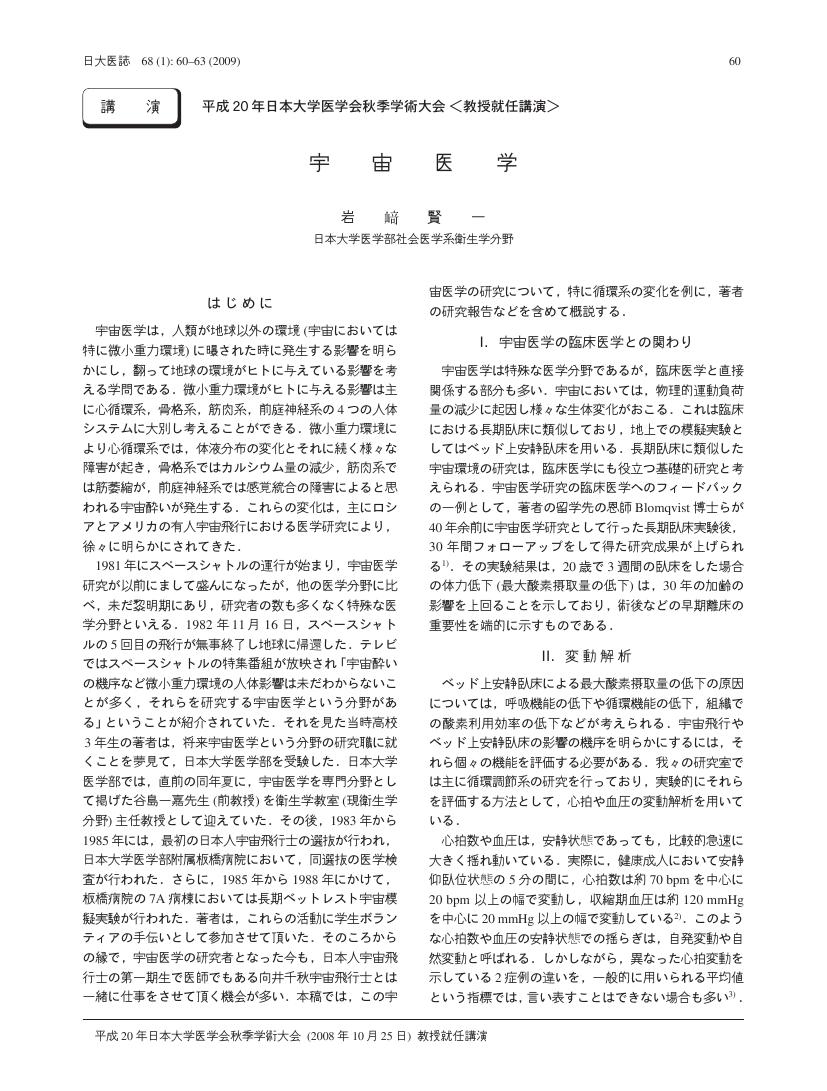2 0 0 0 OA 麺の乾燥に伴う応力と割れの予測
- 著者
- 稲津 忠雄 岩崎 賢一 古田 武
- 出版者
- 香川県産業技術センター
- 巻号頁・発行日
- no.7, pp.70-75, 2007 (Released:2011-02-04)
麺(うどん)の収縮および力学物性変化を数学的にモデル化することにより、麺乾燥中の応力分布を計算し割れ発生の予測を試みた。麺の収縮係数は、水分含量変化に対して各寸法方向ともほぼ同じ値であったが、温度には依存しなかった。ヤング率、降伏応力および破壊応力は水分含量の指数関数として表された。乾燥に伴う応力分布変化は、有限要素法を用い、水分移動方程式と構成方程式を連立させることにより推算した。計算した応力分布は、急激な乾燥速度が大きな内部引張応力を引き起こすことを示した。本研究で用いたスキームは、長さ方向に沿った割れ形成の可能性を評価するのに有効であり、その予測は実際工場で発生する割れのパターンと一致した。
1 0 0 0 OA 高地トレーニング合宿におけるトレーニング効果と圧受容器反射機能の関係
- 著者
- 柳田 亮 小川 洋二郎 水落 文夫 鈴木 典 高橋 正則 岩崎 賢一
- 出版者
- 一般社団法人日本衛生学会
- 雑誌
- 日本衛生学雑誌 (ISSN:00215082)
- 巻号頁・発行日
- vol.67, no.3, pp.417-422, 2012 (Released:2012-06-26)
- 参考文献数
- 17
- 被引用文献数
- 1
Objective: Altitude training is frequently used for athletes requiring competitive endurance in an attempt to improve their sea-level performance. However, there has been no study in which the mechanisms by which spontaneous arterial-cardiac baroreflex function changes was examined in responders or nonresponders of altitude training. The purpose of this study was to clarify the different effects of altitude training on baroreflex function between responders and nonresponders. Methods: Twelve university student cross-country skiers (6 men, 6 women; age, 19±1 years) participated in the altitude training in a camp for 3 weeks, which was carried out in accordance with the method of Living High-Training Low. Baroreflex function was estimated by transfer function analysis before and after the training. Results: The responders of the training were 3 men and 2 women, and the nonresponders were 3 men and 4 women. In the responders, the transfer function gain in the high-frequency range significantly increased after the training (28.9→46.5 ms/mmHg p=0.021). On the other hand, no significant change in this index was observed in the nonresponders (25.9→21.2 ms/mmHg p=0.405). Conclusion: As indicated by the results of transfer function gain in the high-frequency range, the baroreflex function in the responders increased significantly after the altitude training, whereas no significant change was observed in the nonresponders.
1 0 0 0 OA 宇宙医学
- 著者
- 岩崎 賢一
- 出版者
- 日本大学医学会
- 雑誌
- 日大医学雑誌 (ISSN:00290424)
- 巻号頁・発行日
- vol.68, no.1, pp.60-63, 2008-10-25 (Released:2009-12-15)
- 参考文献数
- 14
1 0 0 0 OA 軽度低酸素環境曝露による脳血流自動調節の減弱
- 著者
- 曷川 元 小川 洋二郎 青木 健 柳田 亮 岩崎 賢一
- 出版者
- 日本衛生学会
- 雑誌
- 日本衛生学雑誌 (ISSN:00215082)
- 巻号頁・発行日
- vol.67, no.4, pp.508-513, 2012 (Released:2012-10-25)
- 参考文献数
- 24
- 被引用文献数
- 2
Objectives: Acute hypoxia may impair dynamic cerebral autoregulation. However, previous studies have been controversial. The difference in methods of estimation of dynamic cerebral autoregulation is reported to be responsible for conflicting reports. We, therefore, conducted this study using two representative methods of estimation of dynamic cerebral autoregulation to test our hypothesis that dynamic cerebral autoregulation is impaired during acute exposure to mild hypoxia. Methods: Eleven healthy men were exposed to 15% oxygen concentration for two hours. They were examined under normoxia (21% O2) and hypoxia (15% O2). The mean arterial pressure (MAP) in the radial artery was measured by tonometry, and cerebral blood flow velocity (CBFv) in the middle cerebral artery was measured by transcranial Doppler ultrasonography. Dynamic cerebral autoregulation was assessed by spectral and transfer function analyses of beat-by-beat changes in MAP and CBFv. Moreover, the dynamic rate of regulation and percentage restoration of CBFv were estimated when a temporal decrease in arterial pressure was induced by thigh-cuff deflation. Results: Arterial oxygen saturation decreased significantly during hypoxia (97±0% to 88±1%), whereas respiratory rate was unchanged, as was steady-state CBFv. With 15% O2, the very-low-frequency power of CBFv variability increased significantly. Transfer function coherence (0.40±0.02 to 0.53±0.05) and gain (0.51±0.07 cm/s/mmHg to 0.79±0.11 cm/s/mmHg) in the very-low-frequency range increased significantly. Moreover, the percentage restoration of CBF velocity determined by thigh-cuff deflation decreased significantly during hypoxia (125±25% to 65±8%). Conclusions: Taken together, these results obtained using two representative methods consistently indicate that mild hypoxia impairs dynamic cerebral autoregulation.

